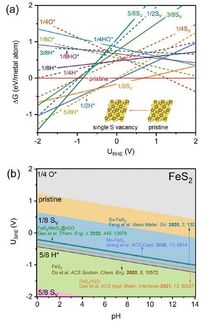Reacting under intensity – a light-responsive oscillating gel
Advertisement
An international team of chemists has developed a soft material that shows different behaviour depending on the intensity of the light shining on it. The gel could potentially be applied in robots and other devices to enable them to respond to different illumination patterns.
The unusual property is the result of a Belousov-Zhabotinsky reaction incorporated into the material. The reaction is known for its unusual oscillatory properties caused by the non-equilibrium thermodynamics, which can be used in soft materials to propel them through a tube by causing them to continually expand and contract.
When one end of a Belousov-Zhabotinsky gel is made to oscillate faster than the other, the frequency difference causes the gel to move in the direction of the faster oscillations. The scientists used a photosensitive catalyst for their Belousov-Zhabotinsky reactions to make the reactions light sensitive and unexpectedly found that by changing the intensity of the light the gel showed both photophobic and phototropic responses. They propose that this is due to an unexpected frequency maximum, which the oscillation reaches at a particular intensity. When illuminated so that both ends of the gel are at that point, the darker region has a higher frequency and the gel becomes photophobic, moving away from the light. When both ends are illuminated to the point where they are oscillating below the maximum frequency, the brighter region has the higher frequency and the gel becomes phototropic, moving towards the light.
Other news from the department science

Get the chemical industry in your inbox
By submitting this form you agree that LUMITOS AG will send you the newsletter(s) selected above by email. Your data will not be passed on to third parties. Your data will be stored and processed in accordance with our data protection regulations. LUMITOS may contact you by email for the purpose of advertising or market and opinion surveys. You can revoke your consent at any time without giving reasons to LUMITOS AG, Ernst-Augustin-Str. 2, 12489 Berlin, Germany or by e-mail at revoke@lumitos.com with effect for the future. In addition, each email contains a link to unsubscribe from the corresponding newsletter.




























































